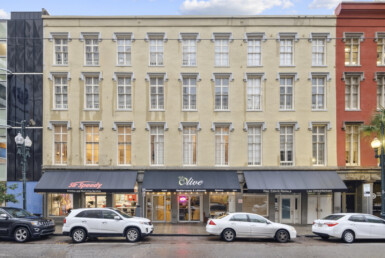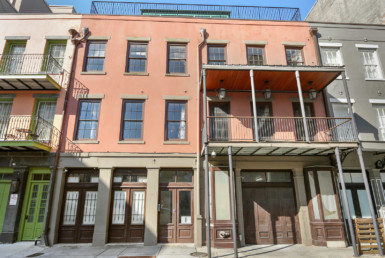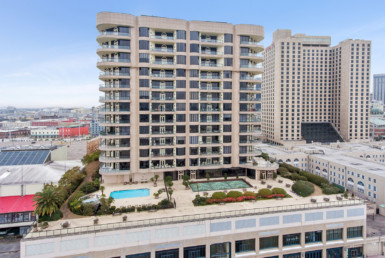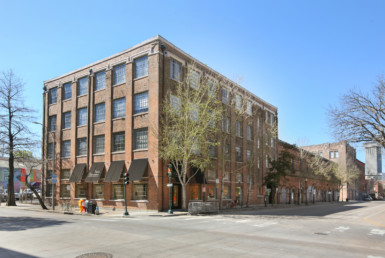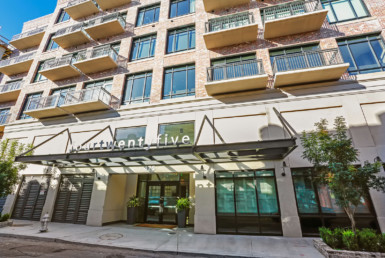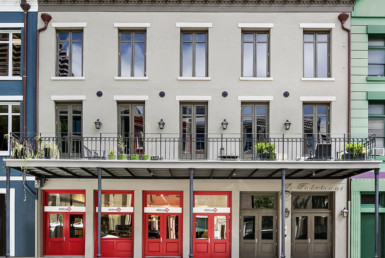Central Business District
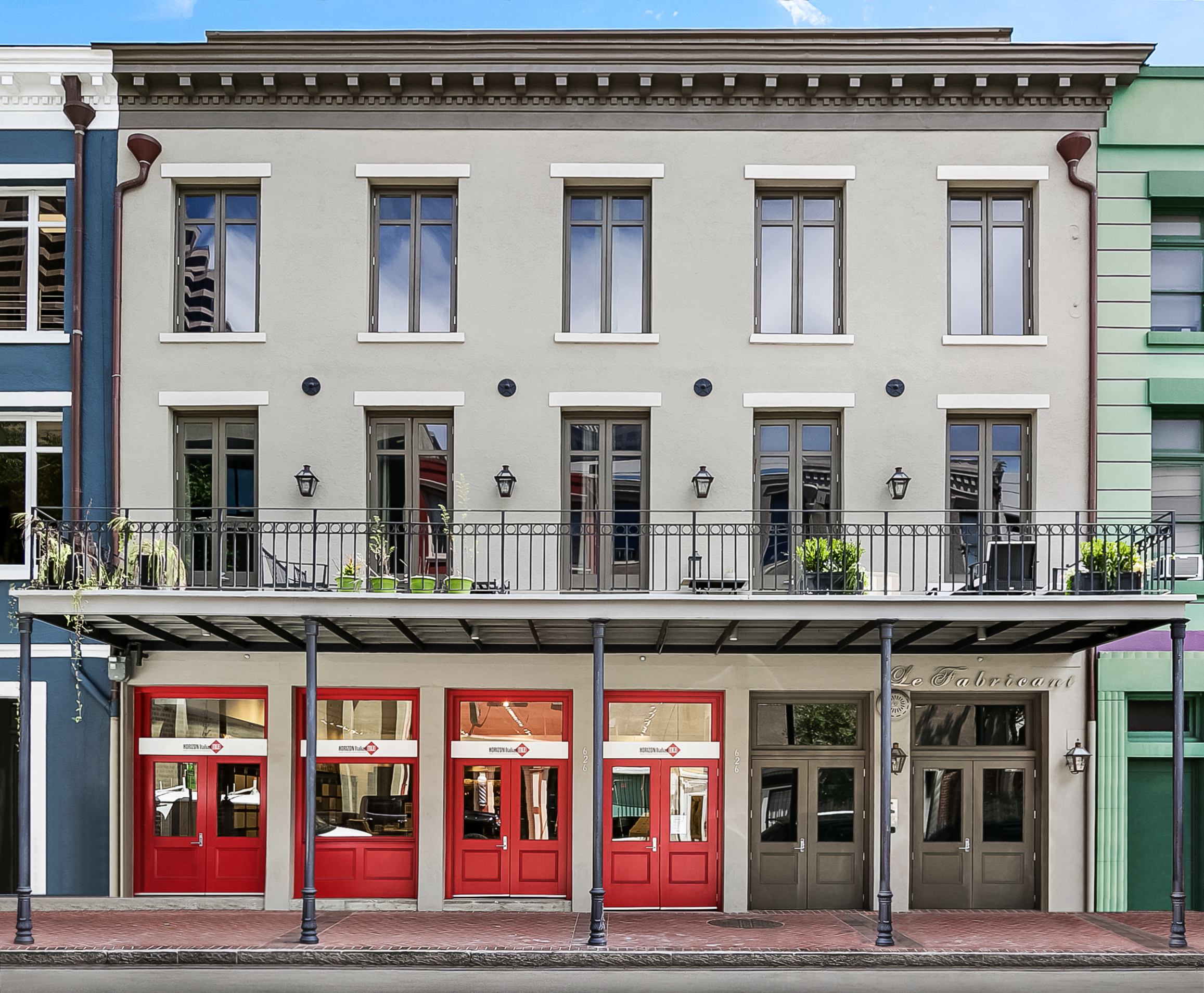
Like so many American urban centers, New Orleans’ Central Business District used to be a ghost town after work, but not anymore. Evenings now bring crowds to historic Lafayette Square for free concerts. The Orpheum, home to the Louisiana Philharmonic Orchestra, and numerous smaller theaters and cabarets come to life for nighttime performances. A half dozen world class museums now distinguish the district. Saturday mornings, the Crescent City Farmer’s Market draws shoppers from all over the city.
Monthly “First Saturdays” bring hundreds of visitors to Julia and Camp streets for art openings and parties at museums and galleries. Best of all the historic neighborhood has become a hot address for residents who enjoy around-the-clock access to all the city offers. From studios to penthouses, lofts to townhouses, residential property is drawing young professionals, empty nesters, and even families. Part of the huge plantation allotted to New Orleans founder Jean Baptiste LeMoyne Sieur de Bienville in 1719, the lands comprising the CBD were sold to the Jesuits in 1723, then divided among several smaller landowners, including Bertrand Gravier and Delord Sarpy, in 1763. Gravier subdivided his lands in 1788, forming New Orleans’ first officially incorporated neighborhood, Faubourg St. Marie. By 1807 Armand Duplantier had purchased the neighboring Delord-Sarpy Plantation and subdivided it into Faubourg Duplantier. With the construction of the First Presbyterian Church, the St. Charles Hotel and the St. Charles Theater, the new “American Sector” (so-called for the Americans who settled here) had begun to challenge the Vieux Carré as New Orleans’ financial and cultural center by the 1830s. In 1900 the CBD was a thriving commercial and retail center, and its growth continued after the Depression.
By the 1960s, though, the Industrial Canal had rerouted port activity, and suburban shopping malls had further emptied downtown. Construction of the new Civic Center in the late 1950s destroyed the inland edge of the original Faubourg St. Marie, while highway construction further eroded the remaining residential area. During these years, downtown was kept afloat by its proximity to the preserved French Quarter and stable uptown neighborhoods. In 1963 Poydras Street, once the site of a historic market, was widened to accommodate high-rise office towers. The land speculation that followed saw entire blocks razed for office buildings and parking lots. Preservationists organized in the 1970s to stop the demolition of 19th and early 20th century homes and theaters and to encourage their renovation. They remain just as vigilant today. The City Council established the Central Business District Historic District Landmarks Commission to govern demolition and new construction in 1978. Since then, much of the $1.4 billion spent in New Orleans on adapting historic commercial buildings, mostly for residences and hotels, has occurred in the CBD.
Courtesy of the Preservation Resource Center of New Orleans.


